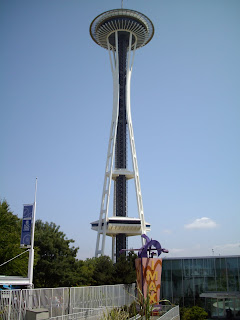
Today I turned on my faucet. It was exhilarating because I got to use some physics to complete the task. The water surely wouldn't have come out if I didn't use my massive amount of torque. Just to refresh your memory, torque wants to change the state of rotation. Torque is arm length multiplied by force, and although I didn't have much handle to work with, which would be arm length (r), I sure had a lot of force (F) to turn that faucet on. Imagine if I had a longer handle (radius) to turn. The task would be effortless.
If I applied a clockwise force of 200 N on the handle, which has a length of 0.7 m, then I would have had a torque of 140 Nm.
Torque = (force)(arm length)
= F(r)
= (200 N)(0.7 m)
= 140 Nm








